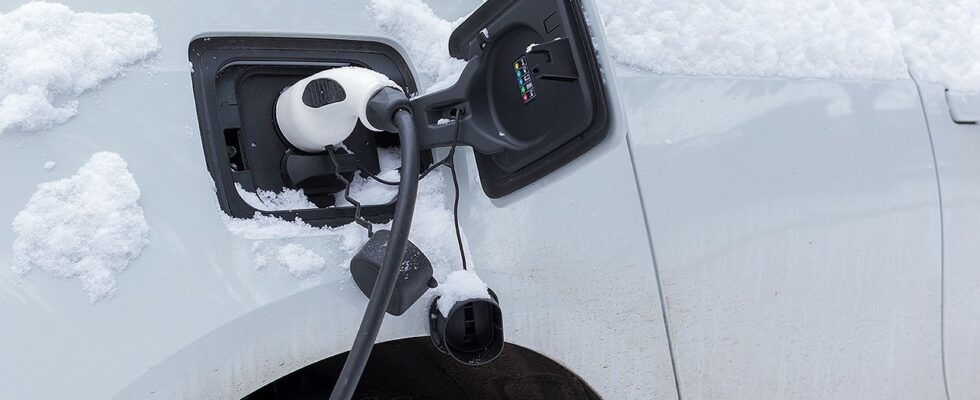Admittedly, the range of an electric car drops dramatically in sub-zero temperatures. However, there are a few things you can do to save as many remaining kilometers as possible from the battery.
Electric cars and freezing cold – that’s a combination that doesn’t bring much joy. Because even if popular opinion likes to exaggerate and you don’t become Ötzi’s glacier corpse just because you’re stuck in a traffic jam with a battery-powered car, nor do you become an unwilling marathon runner because the battery fails at the garage exit, that’s what it’s all about Cold temperatures dramatically increase performance: the range decreases with every degree of outside temperature and, in turn, charging times become longer and longer. But with a few simple measures you can save a lot of range and save time at the socket. Warm up first, then drive off. Driving an electric car in winter is like sports: if you warm up beforehand, you’ll get further. Because all electric cars have an auxiliary heater, which can usually be controlled via a smartphone app or at least programmed in the on-board computer. When the car is connected to the charging station, no electricity is used from the battery when it first warms up and it starts with pleasant warmth. This is even more important for anyone who doesn’t park in the garage. And of course: don’t forget to clear the snow. And this time not just on the windows. After all, it’s not just about visibility, but also about weight and air resistance. The more snow, the more the engine has to carry – and the less far it can go.Heating with the brainIn order to keep the energy consumption for the comfort functions as low as possible, electric drivers should switch on the brain before the heating – and only heat up those areas of the car that were actually used. If you sit alone and can adjust the settings accordingly, you can simply leave out the rear, for example. In addition, the closer the heat source, the cozier it feels: That’s why it’s better to turn on the heated seats and steering wheel instead of bringing the air in the car up to temperature. It’s quicker and uses less energy. It’s better to do it once for a long time than for several short trips. When it comes to driving, you should adapt your route planning and, if possible, combine individual short journeys into long tours. Because if you stand for a long time between short journeys, the interior and battery cool down and have to be heated up again and again. Just snuggly with the cable. There are also a few things to consider when charging: If you can, you can preheat your battery and thus increase the charging power. Where this is not possible, it is best to charge immediately after a long journey because the battery is already at temperature by then. And last but not least, we recommend taking a look at the operating instructions. Because some manufacturers make precise specifications for the winter and warn, for example, against parking the car in frost with an empty battery. In traffic jams: wait quietly and drink tea. At the latest in winter traffic jams – or so the prejudice believes – electric mobility is finally over. Where the combustion engines become a wellness oasis, heating up to sauna temperature while the ambient lighting shimmers and the entertainment runs at full speed, electric drivers cling to a warm cup of tea from the thermos with clammy fingers, wait shivering in the dark and ultimately have to push , because of course the battery is empty? Nonsense, says the ADAC and refers to measurements that show that electric cars need around 1.5 to 2 kW of power to constantly heat the interior to 20 degrees when the outside temperature is minus 10 degrees. In a twelve-hour traffic jam, you can expect an electricity consumption of 18 to 24 kilowatt hours. Most electric cars these days have significantly larger batteries, the experts give the all-clear. Electric drivers can also wait and drink tea with peace of mind – or even brew a fresh coffee every now and then using the external power connection available in many electric cars. (SPX)
source site-13
